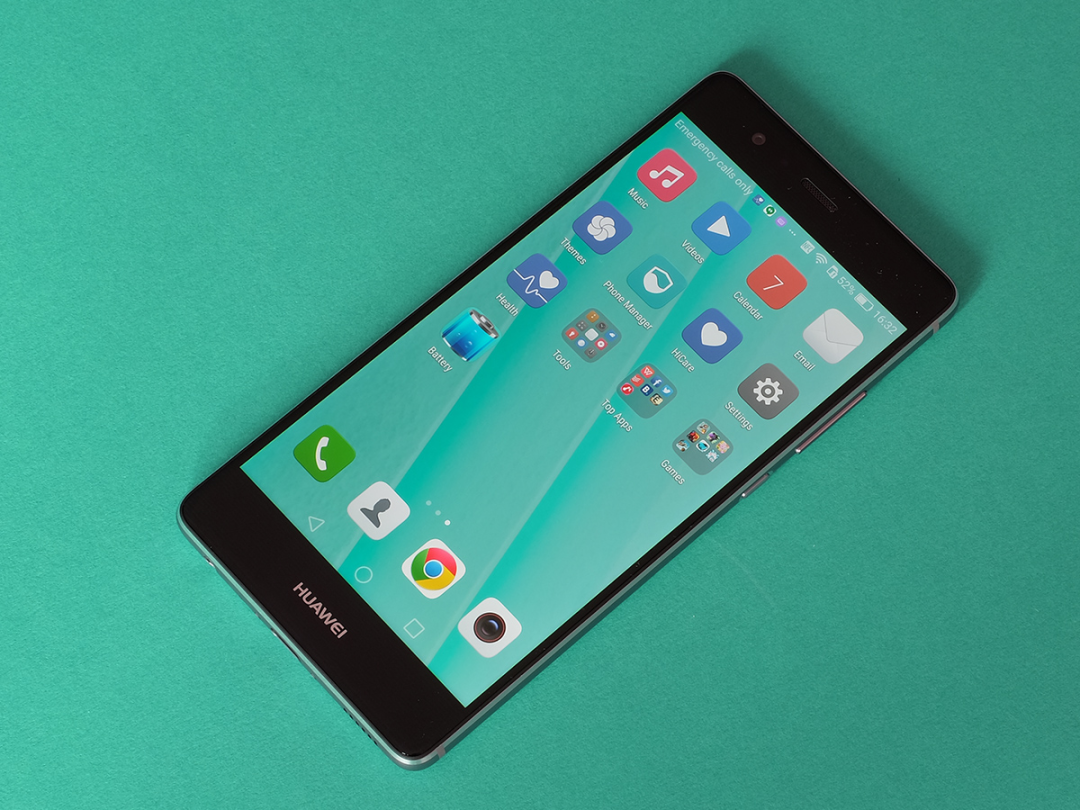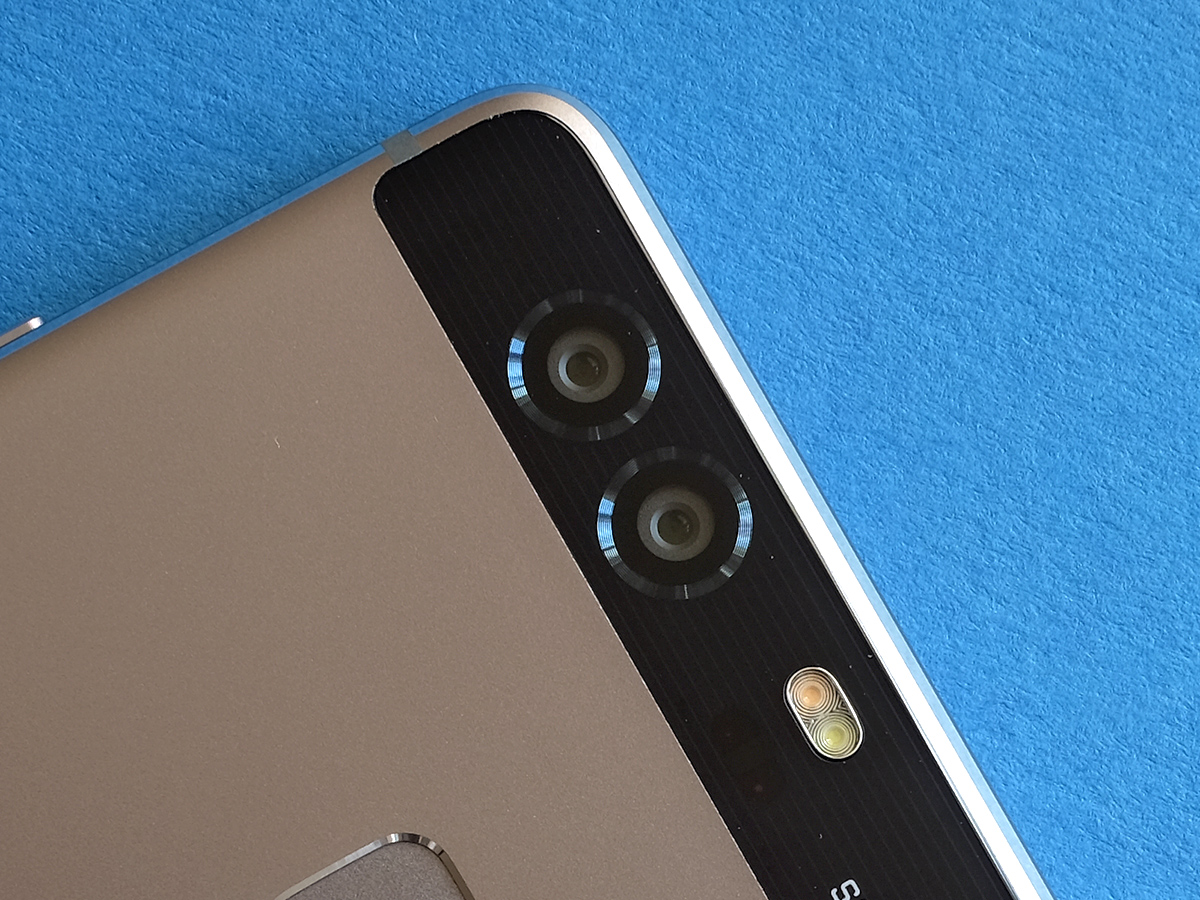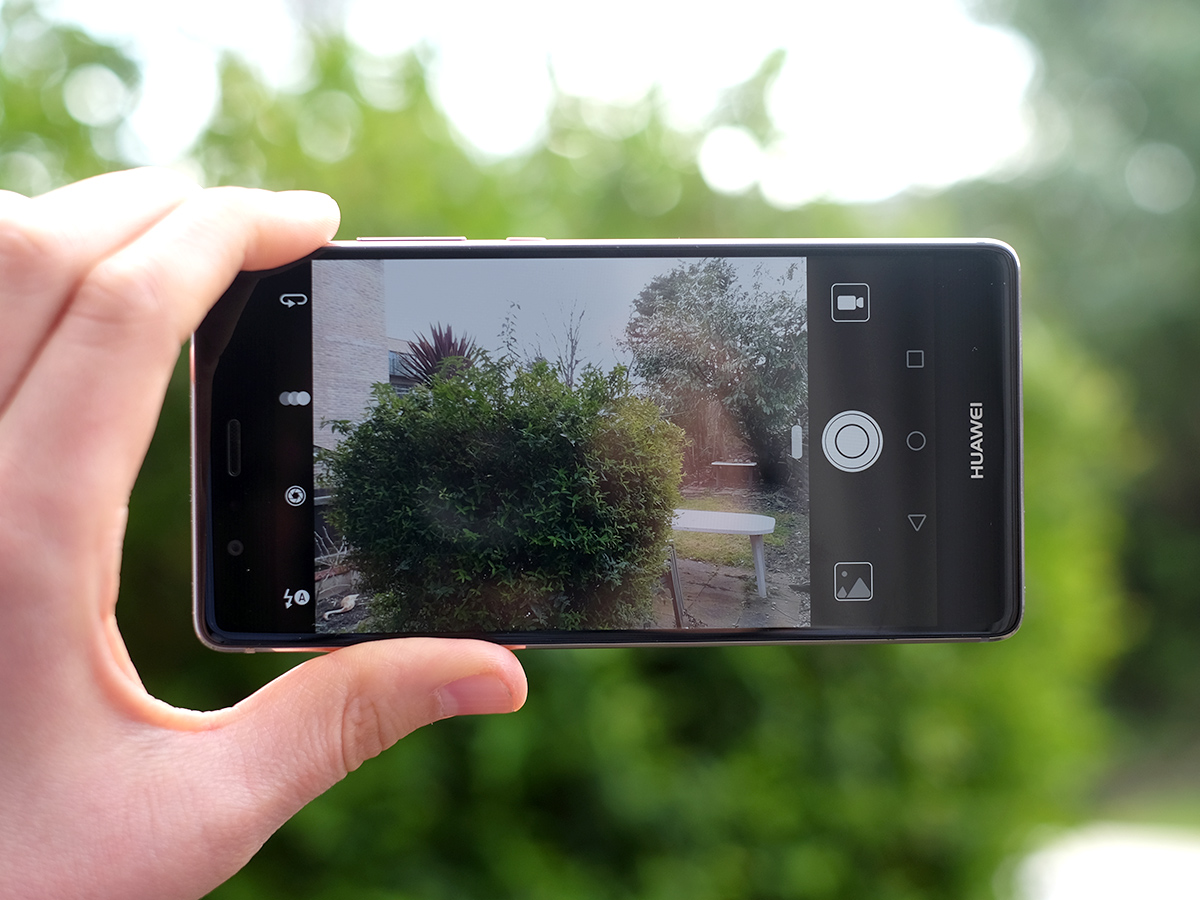Huawei P9 review
A flagship phone that's consistently different but too inconsistent to challenge the best

Being first matters. It gets your name in the history books, lets you register those billion-dollar-earning patents and provides supremo bragging rights. Huawei likes being first.
The Huawei P9 is the first phone to feature a dual-camera setup where one of the cameras is black and white, but the other is colour. Yes, that means you can take a seriously gorgeous black’n’white shot – but there’s a lot more to it than that.
This phone’s problem is that while it has tech on the verge of blowing our tiny little minds, the results don’t actually set any new standards. Those same old Huawei niggles are still here too, and are harder than ever to deal with given the Huawei P9 costs €599, or around £450.
Two eyes

The P9’s camera is a Big Deal. It’s easily one of the most interesting we’ve seen recently, and that’s because it offers something genuinely new.
Actually, we should be talking about the P9’s ‘cameras’ plural – it has two. Yes, we’ve seen dual-camera setups before in phones such as the HTC One M8, but the concept here is different.
To date, dual-camera setups have used one normal camera and a second weakling one that exists only to gather depth data. This lets the phone create a rough 3D view of a scene, separating background from foreground. Here you instead get two high-quality 12-megapixel Sony sensors, each with an f/2.2 lens. They harvest depth data, but the twist is that one of the sensors is monochrome.
Sure, the Huawei P9 can as a result take black and white shots that look moody or arty, sure to net you a few extra Instagram likes. However, the real reason this tech is included here is to reduce noise.
How a camera works: light passes through the lens and hits the photosensitive sensor, which then uses that light to make an image. However, before it hits the sensor it passes through a colour filter that splits the light into different colours. There are red, green and blue elements. Think about it a bit like a stained glass window: only the right colour gets through, but that also means less light gets through. The P9’s trick is to get rid of the colour filter in one sensor, which means that the resulting B&W sensor therefore registers a lot more light. That can in turn help reduce noise while the regular colour sensor fills in the colours. Classic teamwork that in theory should radically boost image quality.
This is an example of something called computational photography, and it’s almost certainly the future for phone cameras. Without being able to fit in gigantic sensors, it’s the most obvious way forwards. But does it work? Right now I’d say not well enough. This is a good camera, but I’d rather have the Samsung Galaxy S7 or the LG G5.
Fizzle out

In theory the black-and-white sensor should help improve low-light performance, but in practice results aren’t all we’d hoped for: the Huawei P9’s indoor shots are still quite noisy, and there’s a fizziness to fine detail that’s less apparent in the big rivals.
It’s also not that great at bringing up the light level in truly dark shots either. This should be exactly what the dual-sensor array is about, but it doesn’t quite supply the goods.
There are some obvious reasons why – namely that the Huawei P9 camera’s lenses are not very fast and it lacks stabilisation. On the first issue, both of the P9’s lenses have apertures of f/2.2, whereas the Galaxy S7 family have f/1.7 lenses and the LG G5 has an f/1.8 lens; the lower the number, the wider the aperture, the more light gets in.
Huawei has tried to hide this by co-branding them with Leica’s name, but at the price these appear to be totally unremarkable lenses. They’re sharp but then so are all other phones at the top end of things.
It’s the second issue that’s the real killer, though. To compensate for the fact that the sensors aren’t stabilised, even in the darkest conditions the P9 will only slow its shutter down to 1/17 of a second. Given that the iPhone 6S Plus and Galaxy S7 will slow to half this speed – and therefore gather twice as much light – the extra light-sucking benefits of the monochrome sensor seem distinctly diminished.
Huawei has jumped on this tech early because, quite rightly, it knows others are going to. But I get the feeling we’re going to see a better take on this idea before 2016 is done.



